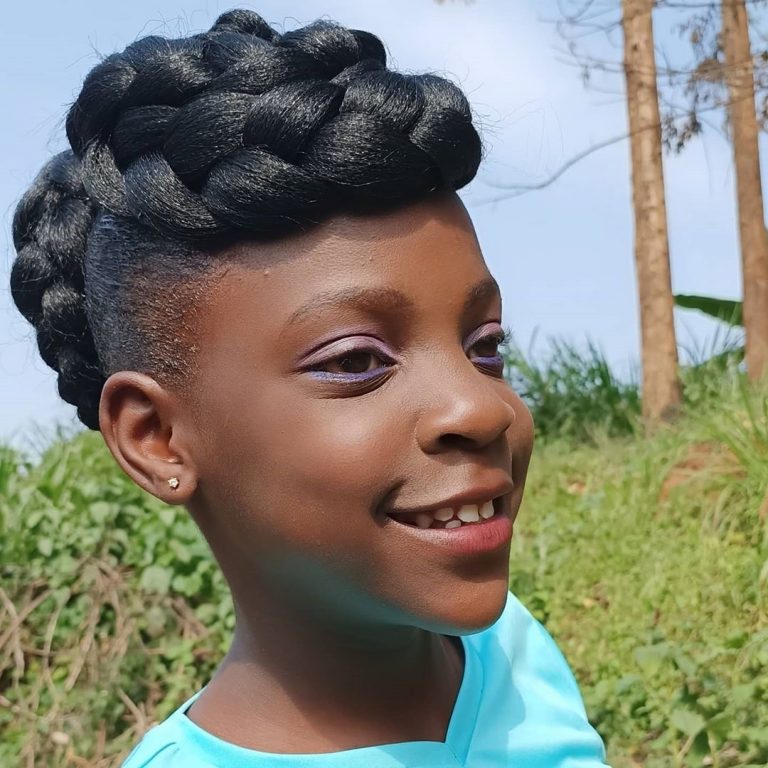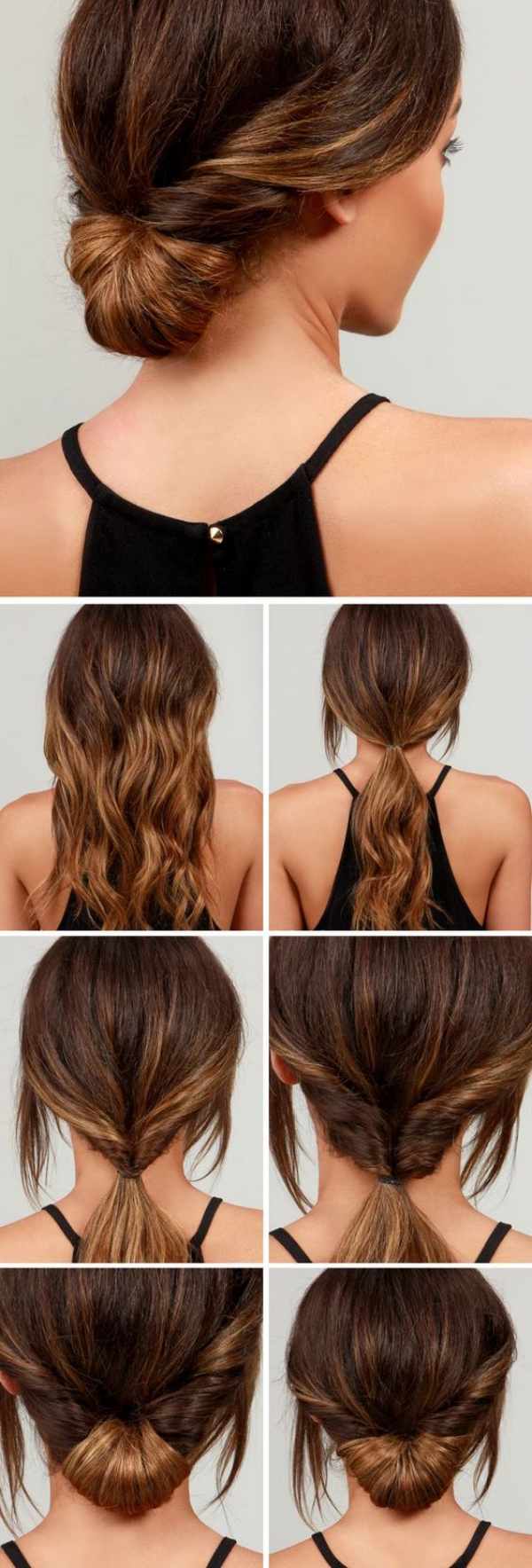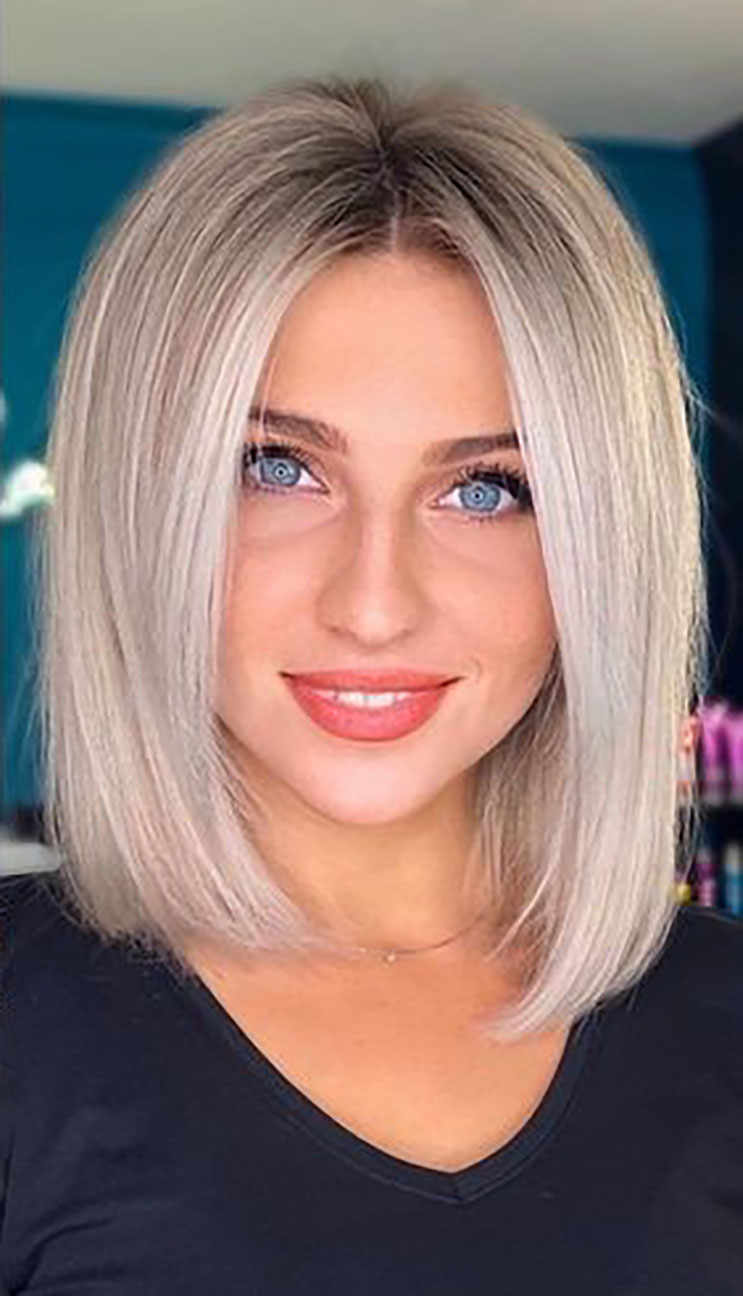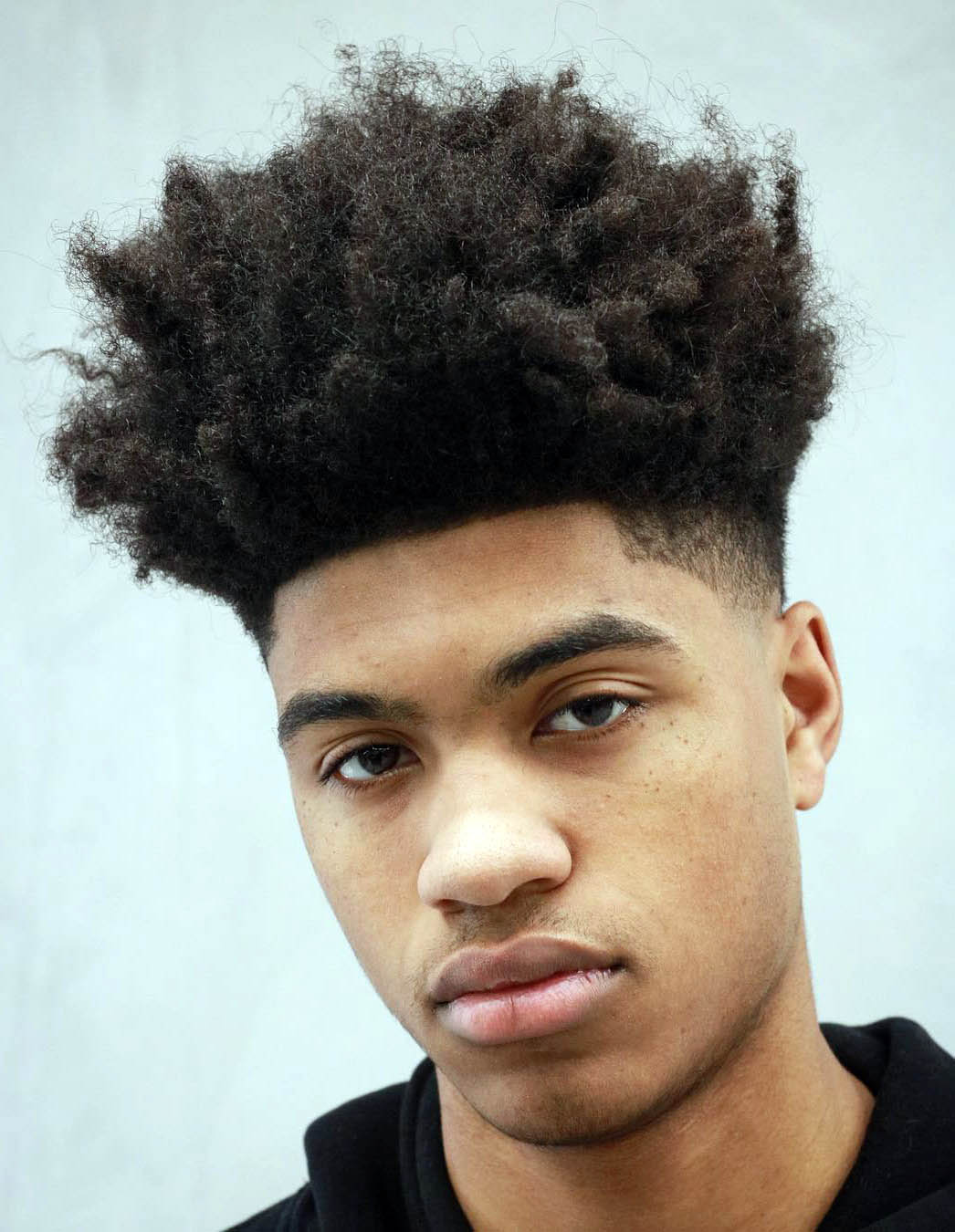Cool Info About What Do Hairstyles Represent Messy Pixie Cut

In many cultures, specific hairstyles are associated with rites of passage, ceremonies, or milestones, symbolizing transitions from childhood to adulthood or marking significant life.
What do hairstyles represent. Believe it or not, some sociologists theorize that our hair parts actually reflect right versus left brain function—that is, our creative thinking (right brain) versus our logic (left brain). Style according to the culture. If a person’s hair was thick, long, and neat, it symbolized that one was able to bear healthy children.
Women’s hair has always been more than just a signifier of beauty. Recently black women have reclaimed hairstyles like low cuts or baldness. Here, we embark on a fascinating journey to explore different cultures and their captivating hair traditions, showcasing the rich tapestry of global hair diversity.
These unique hairstyles, which range from braids to cornrows and ornamented hair, are a wonderful representation of creativity and art. They have been used to reflect social status, express personal identity, and have been associated with different beauty standards. The chonmage (丁髷) is a type of traditional japanese topknot haircut worn by men.
Traditional african hairstyles often feature intricate braiding patterns which can be done using natural hair or extensions. In recent decades, hairstyles have become even more diverse, reflecting the globalised and interconnected world we live in. People's hairstyles are largely determined by the fashions of the culture they live in.
Actress keri russell has sported both curly and straight styles over the years. Hairstyles have symbolised one’s age, tribal affiliations, ethnicity, religion, social status, marital status and more, and have allowed ethnic and cultural groups to define and even reclaim their identities. Slab serifs are bold and contemporary.
South african zulu women were previously identified by bantu knots, a style in which the hair is divided and twisted into sections and then wrapped in a spiral to form a knot. 20 things your hairstyle says about you. The evolution of hairstyles has been a fascinating journey through time, showcasing how people have used their hair to express their identity, culture, and societal values.
Serif fonts portray tradition, sophistication and a formal tone. It’s a physical representation of ethnic communities, historical backgrounds and activism. The hairstyle can be created by combing the hair away from the scalp, dispersing a distinctive curl pattern, and forming the hair into a rounded shape, much like a cloud or puff ball.
We asked the experts to translate your tresses: From intricate braids to hair styled with specific hair accessories, hairstyles have long played a significant role in shaping how we present ourselves to the world. While working on a project, it’s imperative to know which font matches the intended tone of communication.
So what message are you sending with your hairstyle? Hairstyles serve not only functional roles, such as protecting hair, but also societal roles. But is it simply a matter of habit, or does the way you part your hair represent something a little deeper?
So, what does your hairstyle reveals about your personality? African hairstyles are distinctive, adaptable, and lovely. Scroll to learn about some historic.























